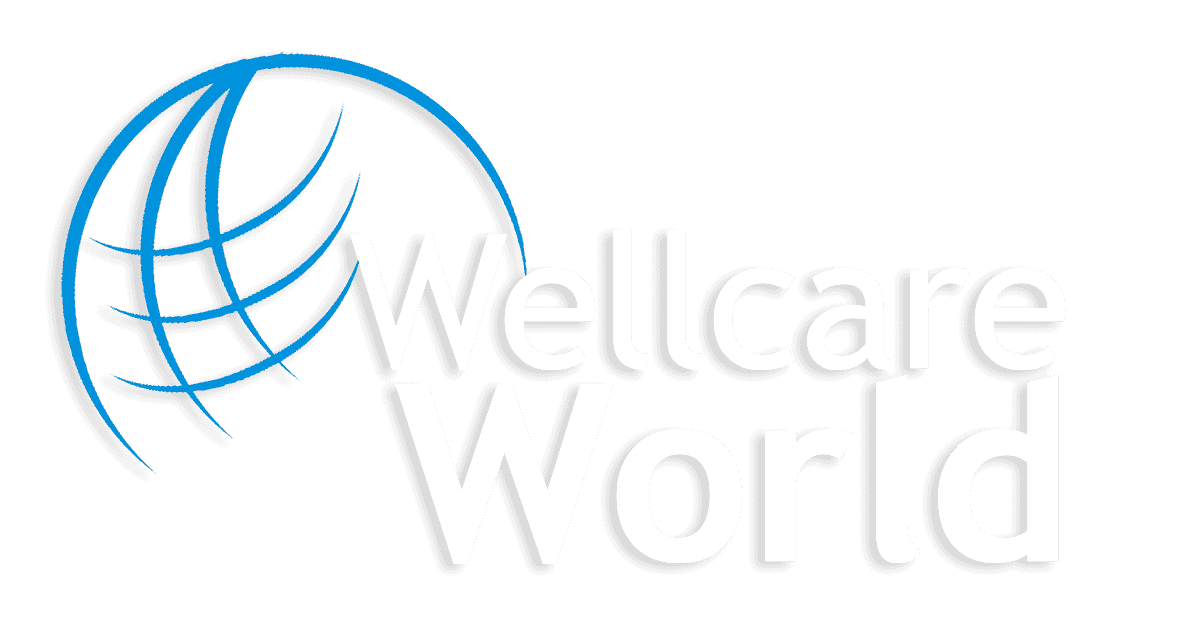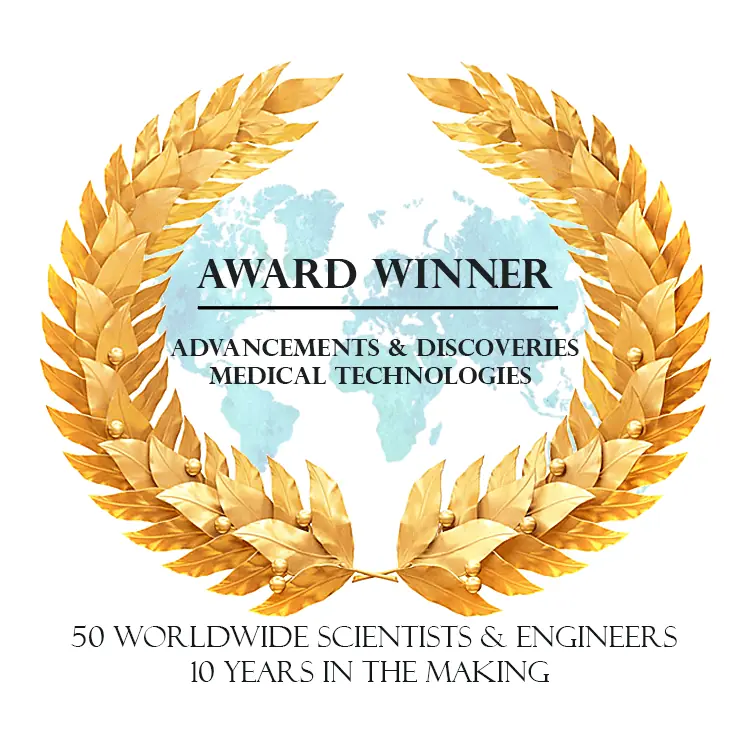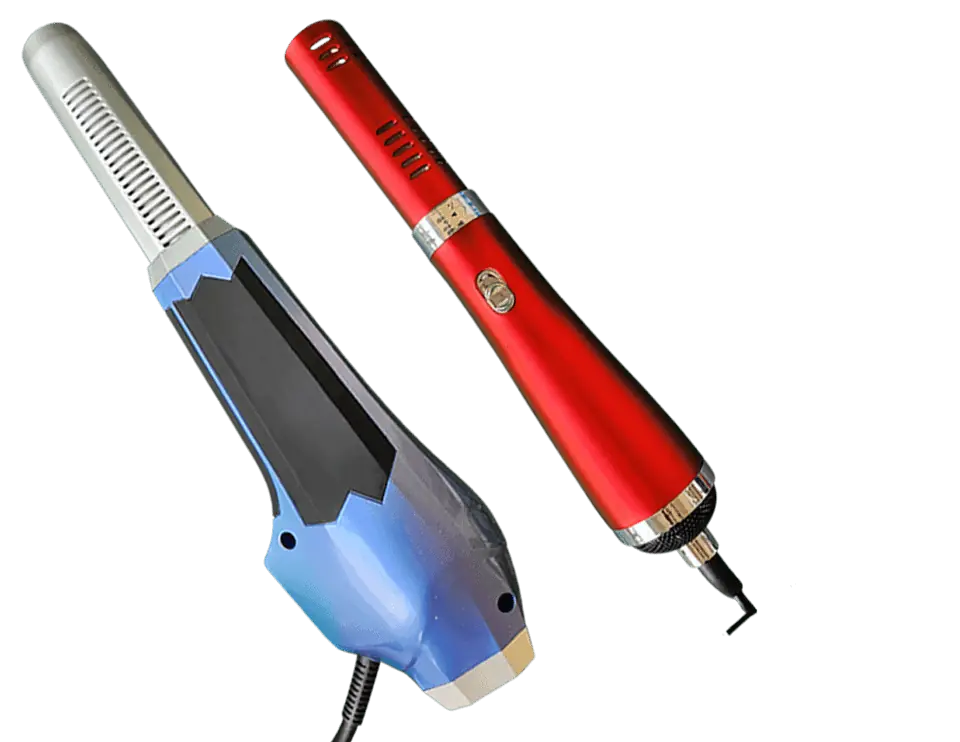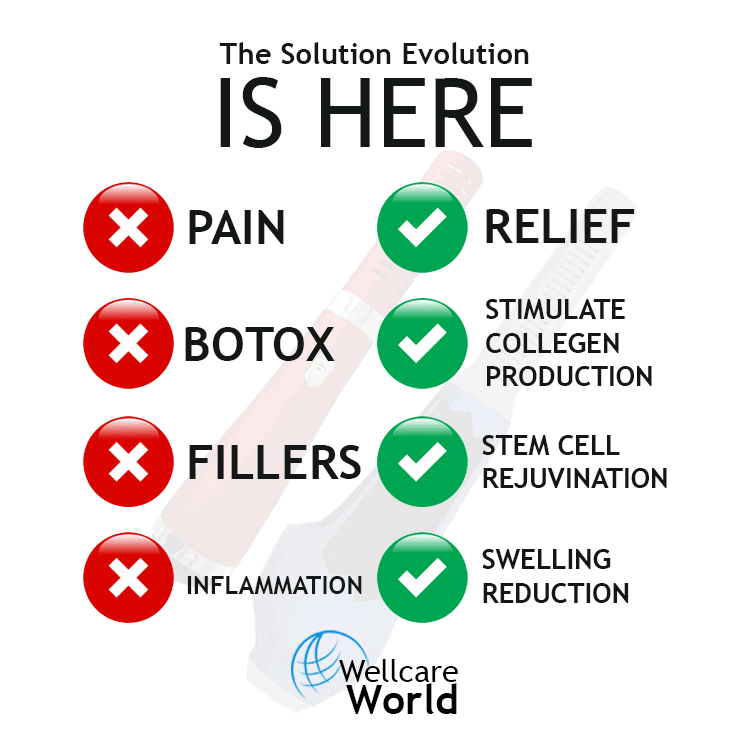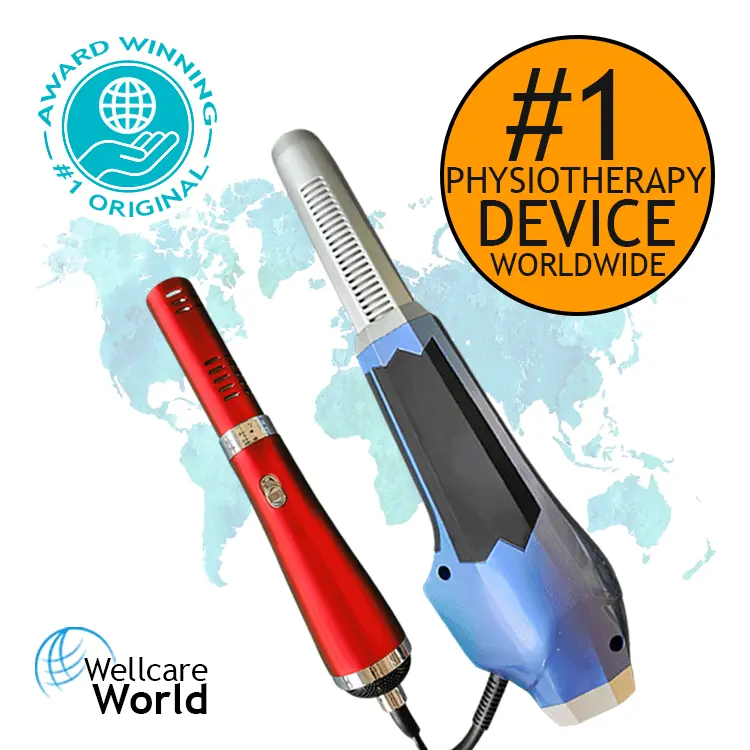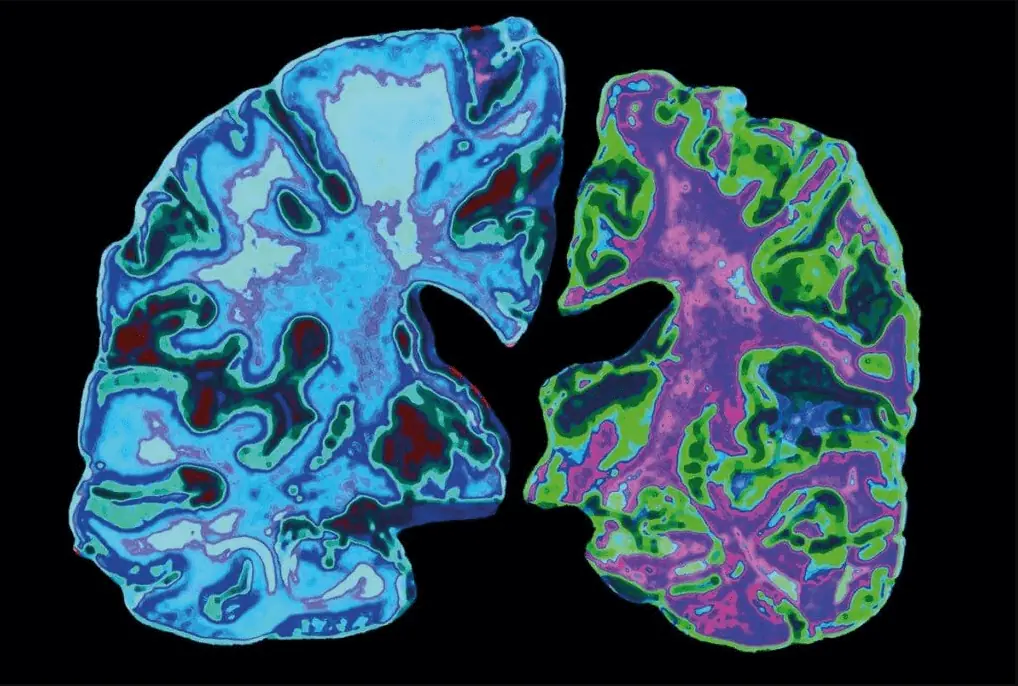
CMS announces plan for NEW Alzheimer’s medications
Centers for Medicare & Medicaid Services (CMS) Administrator Chiquita Brooks-LaSure announced today how people can get drugs that may slow the progression of Alzheimer’s disease covered by Medicare. If the Food and Drug Administration (FDA) grants traditional approval, then Medicare will cover it in appropriate settings that also support the collection of real-world information to study the usefulness of these drugs for people with Medicare.
“Alzheimer’s disease takes a toll on not just the people suffering from the disease but also on their loved ones and caregivers in a way that almost no other illness does. CMS has always been committed to helping people obtain timely access to innovative treatments that meaningfully improve care and outcomes for this disease,” Brooks-LaSure said. “If the FDA grants traditional approval CMS is prepared to ensure anyone with Medicare Part B who meets the criteria is covered. I’m pleased to make this announcement today as part of CMS’ mission to help improve the lives of Americans we serve. I hope we see more private sector partners in this work making their own announcements soon.”
FDA Timeline
The FDA’s Peripheral and Central Nervous System Drugs Advisory Committee will discuss the results of a confirmatory trial of the Eisai product Leqembi on June 9, with a potential decision on traditional approval possible within weeks. Broader Medicare coverage would begin on the same day the FDA grants traditional approval. Under CMS’ current coverage policy, if FDA grants traditional approval to other drugs in this class they would also be eligible for broader coverage. Currently two drugs in this class have received accelerated approval from the FDA, but no product has received traditional approval.
Medicare Drug Inclusions
Medicare will cover drugs with traditional FDA approval when a physician and clinical team participates in the collection of evidence about how these drugs work in the real world, also known as a registry. Clinicians will be able to submit this evidence through a nationwide, CMS-facilitated portal that will be available when any product gains traditional approval and will collect information via an easy-to-use format. This method, and any others that may follow, will adhere to robust privacy protections in accordance with applicable federal laws and regulations, including HIPAA. Researchers will have access to the information to conduct studies, furthering knowledge of how these drugs can potentially help people. CMS is working with multiple organizations that are getting ready to open their own registries. More information will be released as they come on line.
Roll Out How’s
The approach is consistent with CMS’ National Coverage Determination. To get Medicare coverage people will need to 1) be enrolled in Medicare Part B, 2) be diagnosed with mild cognitive impairment or early dementia caused by Alzheimer’s disease, and 3) have a qualified physician participating in a registry, including the options above, with an appropriate clinical team and follow up care. These criteria are in addition to any label requirements the FDA specifies.
Registries are common tools in clinical settings that have successfully gathered information on patient outcomes for decades. There is strong precedent for using registries to gather more information on a newly-approved treatment. For example, when the FDA granted traditional approval to the transcatheter aortic valve replacement (TAVR), CMS required the clinicians and hospitals to participate in a registry to track outcomes. Information gathered from that registry has since been used to further inform Medicare coverage determinations, and to help people and their clinicians make better decisions about whether TAVR is the best treatment for them.
Additional Information from CMS
Other registries for drugs that may slow the progression of Alzheimer’s disease may become available in the coming weeks and months. Information will be available at https://www.cms.gov/Medicare/Coverage/Coverage-with-Evidence-Development as studies come on line.
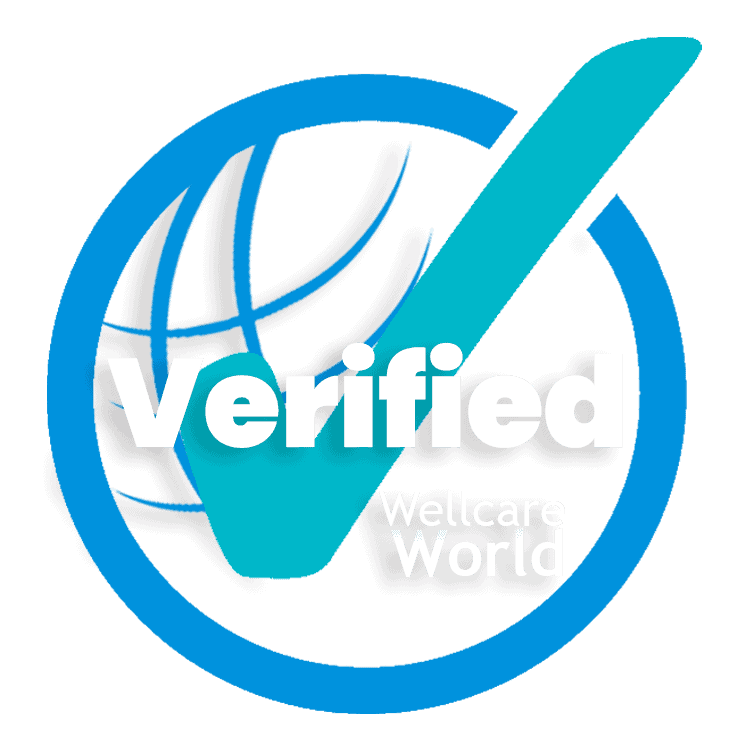
Offered by our Wellcare World friend at
Centers for Medicare & Medicaid Services
Trending Also -> Physiotherapy Terahertz Technology TeraMD
Wellcare World specializes in providing the latest advancements in wellness technology, supplementation, and lifestyle changes that improve health and increase the quality of people's lives. To learn more, visit WellcareWorld.com and begin living a better life today.
Share Us With Others
